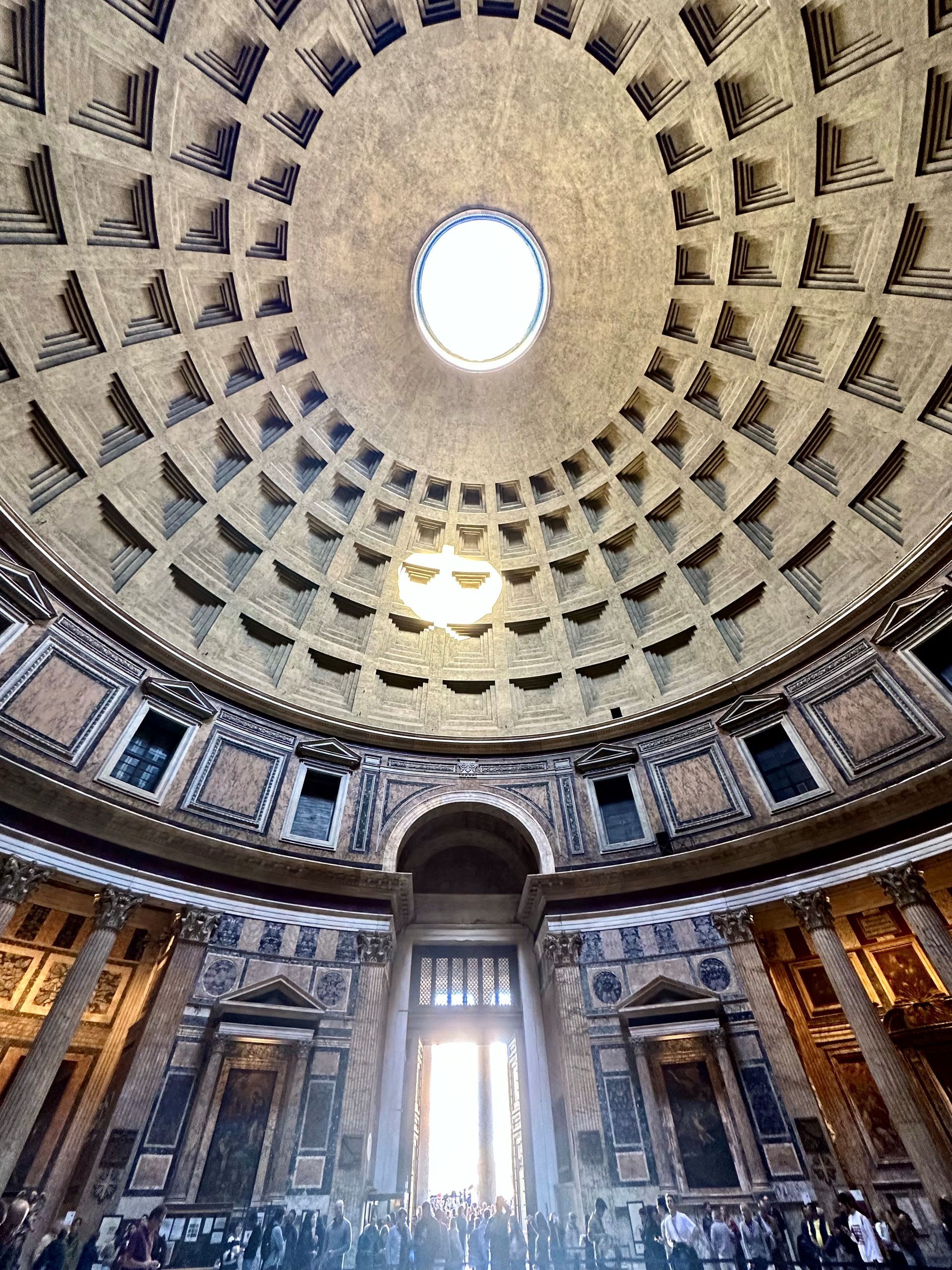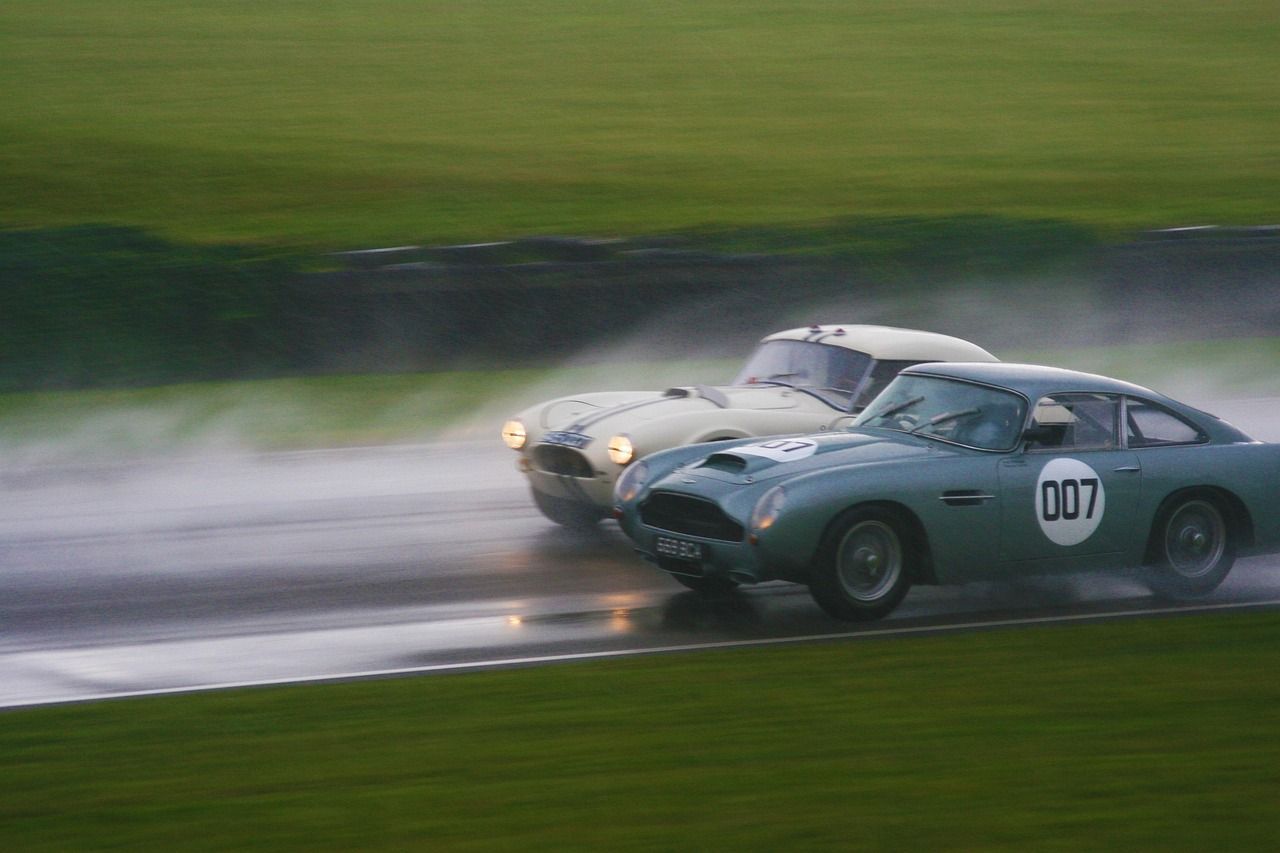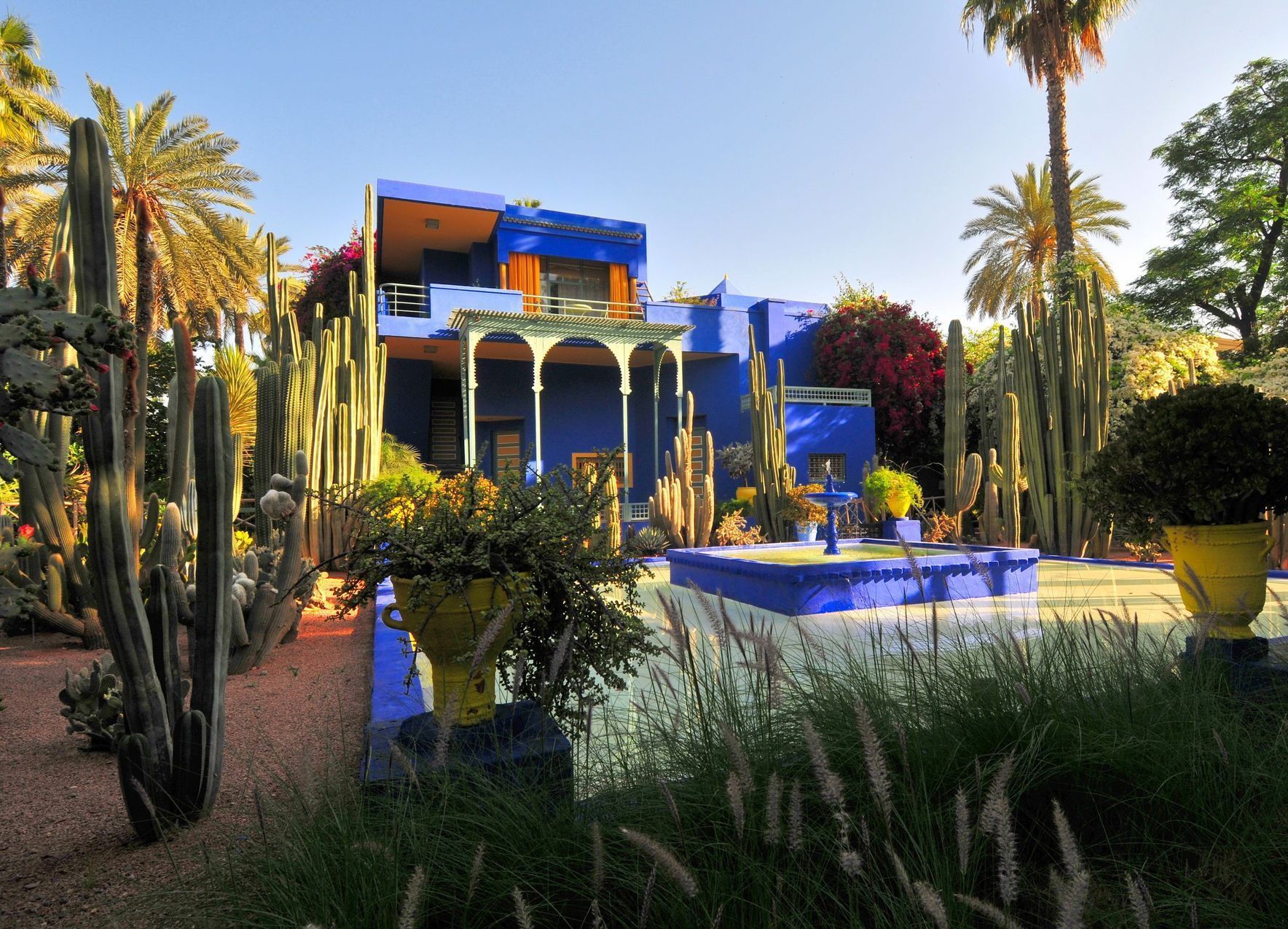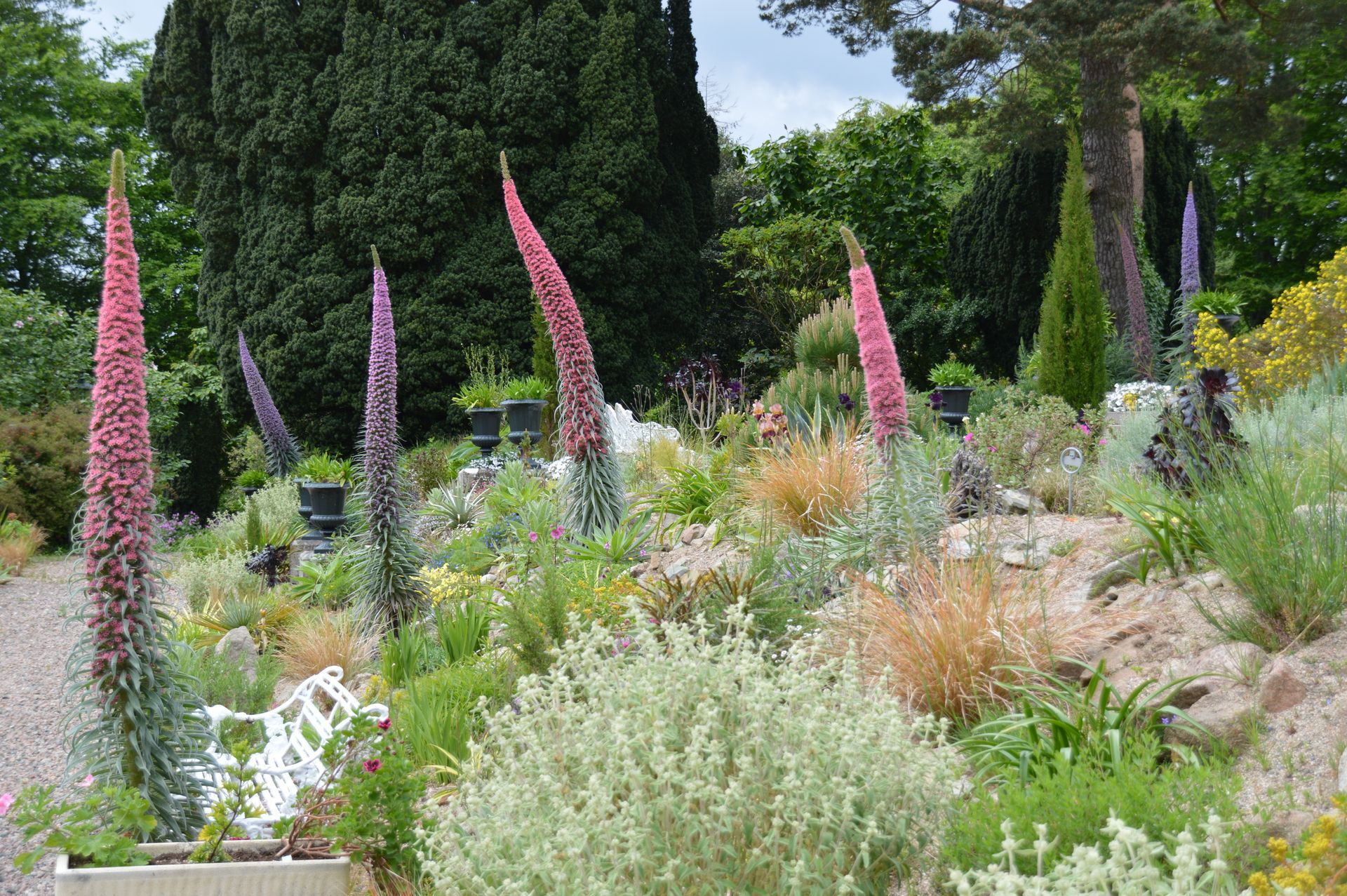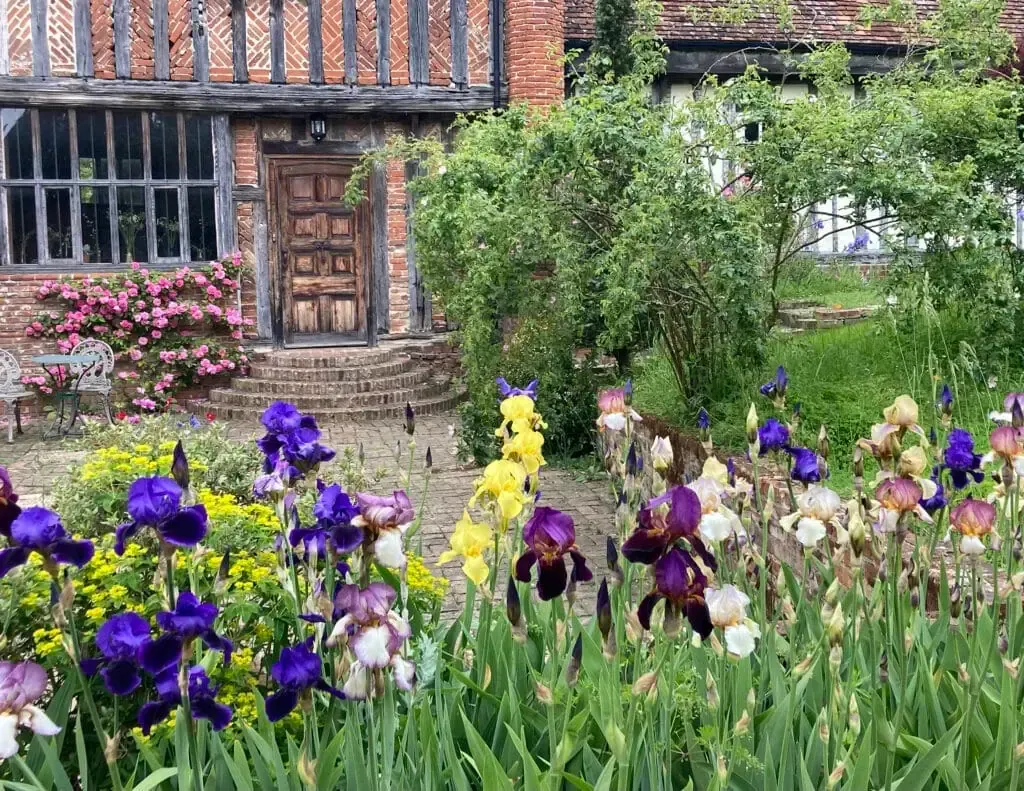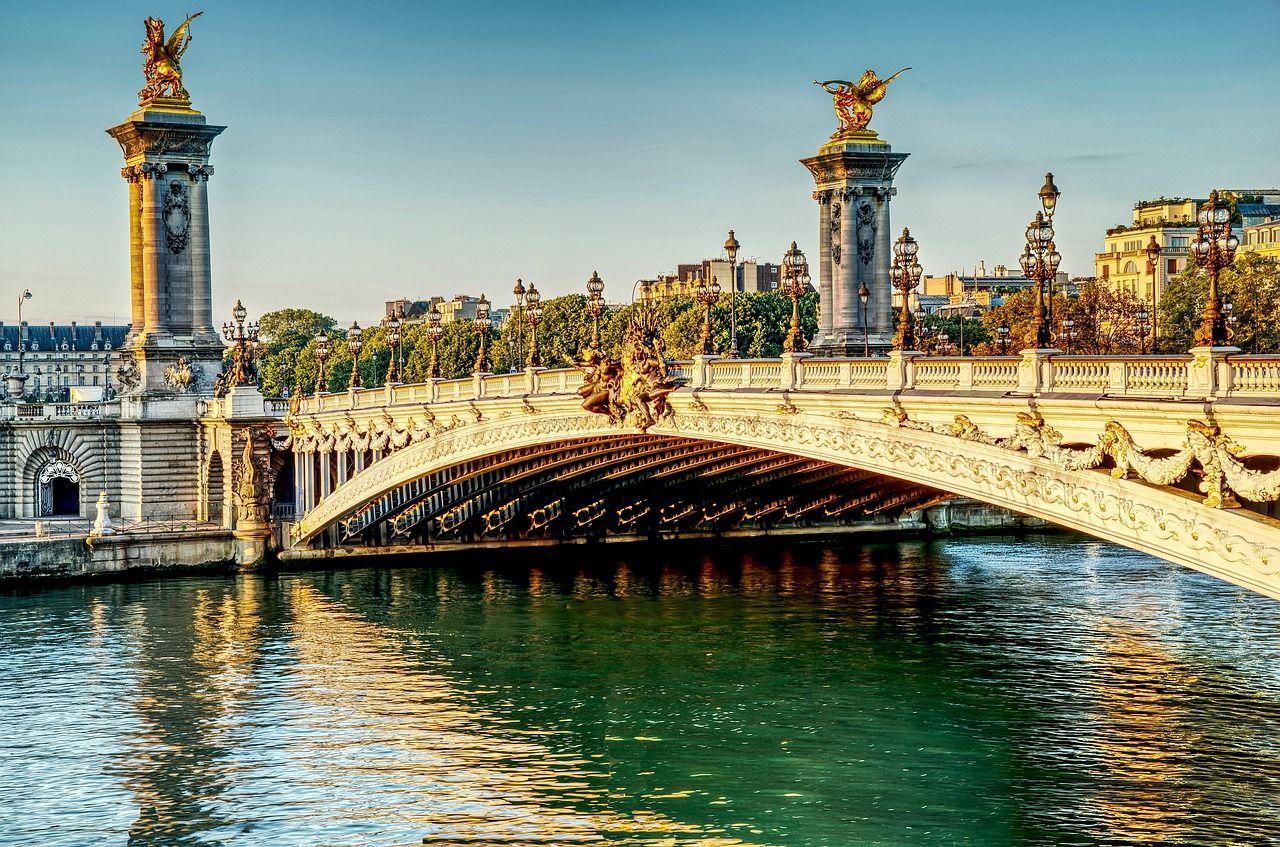ROME Before the Renaissance
7 days | Coming Soon | 18 - 24 October 2026
Before the Renaissance
The casual visitor to Rome could be forgiven for imagining that the city's history ground to a halt with the Fall of the Empire in the West in 476 and that it only re-ignited when Michelangelo took a paintbrush to the Sistine Chapel ceiling in 1508. But between Roman Antiquity and the Renaissance lie a thousand years of early Christian and mediaeval history whose complex and prestigious monuments are the objects of this new Art Pursuits Abroad Study Tour. They may lie concealed behind and between those of earlier and later epochs, but nowhere is the period between the pagan world of Late Antiquity and the Christian Middle Ages more tangible than here, in the area between the Roman Forum and the Via Appia, the Capitoline, Aventine and Esquiline Hills. Up to thirteen metres of soil, rubble and later buildings separate the modern city from its Ancient and Early Christian past, and more than once one has to go underground to come face to face with this fascinating and mysterious world. The Roman Middle Ages saw barbarian invasions, from Goths to Lombards, civic strife, and the controversial rise of a belligerent papal court, yet despite prolonged periods of turmoil they produced stunningly beautiful works of art, from glowing mosaic vaults and intricately inlaid floors to sophisticated wall paintings which only recently have begun to be accorded their proper place in art history. This Study Tour will illuminate a captivating and turbulent historical epoch which confirms Rome’s title as the truly eternal City.
Day to day Itinerary
Day 1
Flight from London to Rome. By private coach we reach our four-star hotel located in the heart of Rome. After some time to settle into our rooms, we leave the hotel on foot and walk across the Tiber to see two gems of medieval art. In Santa Cecilia, hidden for many years, are the remains of a fresco cycle by Pietro Cavallini. Cavallini is also represented at Santa Maria in Trastevere, but the main attractions here are an early icon of the virgin and child and the spectacular 12th-century mosaic in the apse. We return to the hotel on foot before heading out again for a group dinner.
Day 2
The morning takes us to the heart of ancient Rome, but we start with a monument to the first Christian emperor, Constantine, whose arch inspired countless imitations. Apart from an overview of the ancient monuments, the morning concludes with the church of Santa Maria Antiqua. Buried in the 9th century, the church contains a compendium of early Christian painting from before that date. The Case Romane are among Rome’s most beguiling sights: a warren of excavated spaces, revealing changes in living patterns, artistic taste and religious belief. We follow this with a visit to Santo Stefano a 5th-century church built to an unusual, and circular, plan.
Day 3
We begin the day at the Pantheon, the finest building to have survived from antiquity and astonishing not only for its space, but also for the surviving wall decoration. It has been a church since the 7th century, dedicated to the Virgin. We then visit one of Rome’s few gothic churches, the richly painted Santa Maria Sopra Minerva. The afternoon visits take us to the Baths of Diocletian, the best preserved of the Imperial baths, partly due to their conversion into a church. The Museum in the Palazzo Massimo houses some of the greatest treasures of ancient art, the wall-paintings of the villa of Livia, the Boxer, and a fascinating collection of sarcophagi.
Day 4
San Clemente provides an ideal vision of the development of religion in Rome: at the very bottom, a temple of Mithras, at the top an ornate Baroque ceiling, but the real jewels (perhaps) are found in the frescoes – of the eleventh and fifteenth centuries – and the apse mosaic of the twelfth. The nearby church of SS. Quattro Coronati is a much-remodelled structure and preserves in the chapel of St Sylvester paintings reflecting the Pope’s struggles with secular power from the 13th century. The afternoon takes us to the quiet of the Aventine Hill, and the best-preserved early Christian church, Santa Sabina with its carved wooden doors.
Day 5
The morning is taken up with three of the most interesting of Rome’s churches: Santa Pudenziana which retains its late-antique apse mosaic showing Christ among the apostles, Santa Maria Maggiore, the first great Roman church dedicated to the Virgin containing very early (and some later) mosaics and Santa Prassede a fine example of how the early Middle Ages sought to recapture the glories of early medieval art.
DAY 6
We spend the day outside the centre of Rome, visiting the tombs of the great (and not so great). Catacombs always intrigue, and the catacombs of Domitilla have some of the finest early Christian funerary art. We visit the Circus of Maxentius (with the mausoleum which housed his son), and, after lunch on the Appian way, we travel by coach to visit the church of Sant’Agnese, and the mausoleum of Costanza, Constantine’s daughter, with its intriguing mix of Christian and pagan mosaics.
DAY 7
We conclude our tour visiting the Lateran, Rome’s first Cathedral, with the 4th- and 5th-century Baptistery, and an enchanting medieval cloister. After an independent lunch, we travel by coach to Rome Fiumicino airport for a mid-afternoon flight to London Heathrow.
Hotel Ponte Sisto, Rome
Hotel Ponte Sisto is a comfortable 4-star hotel conveniently located in a largely pedestrianised area in the heart of Rome within walking distance of the relaxed Trastevere district and the colourful Campo del Fiori – the hotel is modern with well-lit interiors and with a spacious courtyard garden adjacent to the bar. Room facilities include en suite bathroom, flat screen, TV, safe, hairdryer, minibar and air conditioning
Coming soon
Departure Dates:
18 October 2026
Duration:
6 nights / 7 days
Your Holiday Includes:
- Scheduled return flights from London to Rome
- Six nights' bed and breakfast at the 4* Hotel Ponte Sisto, Rome
- Private coach transfers and excursions
- Three evening meals and two lunches
- Guided visits to sites listed in the programme.
- Services of the tour lecturer and tour manager.
- Detailed programme and study notes.
- All entrance fees, taxes and gratuities for coach drivers and serving staff
Tour Lecturers

Dr Richard Plant
Richard is an architectural historian specialising in the Middle Ages, with a strong interest in the modern. After reading English at Cambridge, he obtained an MA in the History of Art and a PhD on English Romanesque and the Holy Roman Empire at the Courtauld. He went on to teach at the Courtauld, as well as at University College and Queen Mary College, London, where he taught both medieval and modern architectural history. He was formerly the Deputy Academic Director at Christie’s Education and has published on English and German architecture.
Travel Information
The price does not include extras at the hotels or travel insurance.
Please note that Art Pursuits use hotels of character featuring a variety of rooms & styles.
Stamina
Please note that some of our tours can involve a fair amount of walking, sometimes across uneven ground. Please contact us if you would like more information.
Contact Info
Tel: 01280 430 175
Email: hello@fineandcultural.com
WhatsApp: +447946892834
Fine and Cultural Tours Ltd
1 West Street, Buckingham, MK18 1HL
Tours
Quick Links
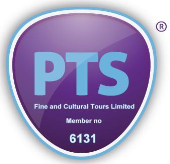
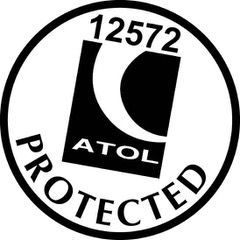
All Rights Reserved | Fine and Cultural Tours | Booking conditions | Privacy Policy
